How to Make Kimchi
4.9
(25)
Your folders
Your folders
Prep Time: 75 minutes
Total: 2955 minutes
Servings: 4
Author : Sarah Bond
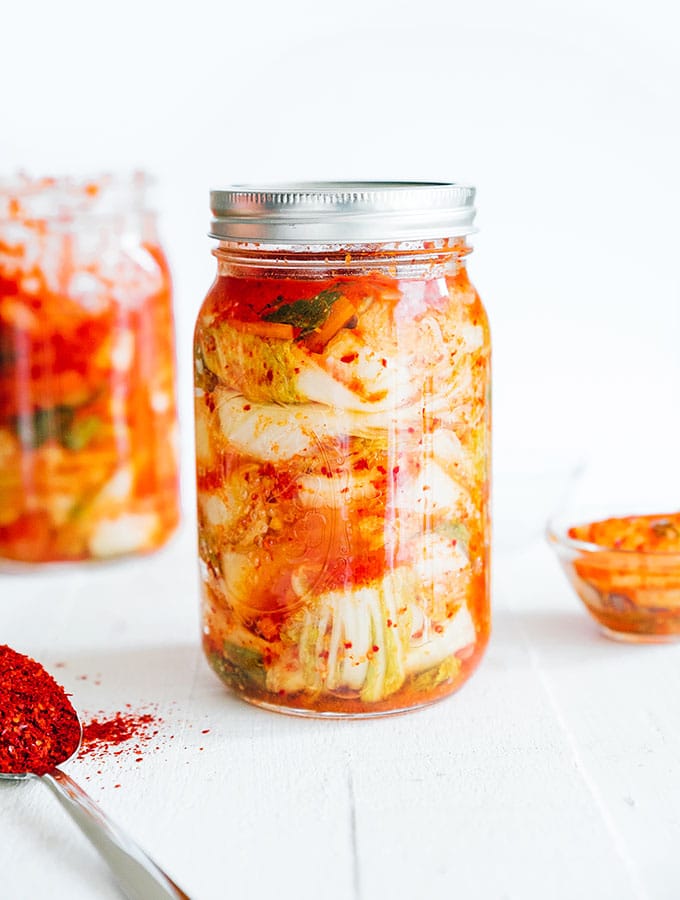
Ingredients
Export 7 ingredients for grocery delivery
Instructions
Step 1
Sterilize: Wash your hands well before every time you touch the ingredients. Wash all supplies with hot water.
Step 2
Brine: Rinse the cabbage well, then cut it into quarters, lengthwise. Place in a large bowl and cover completely with salt, working the salt between all the leaves. Let sit for about 2 hours, massaging and turning the cabbage every 30 minutes, until cabbage has wilted down. When finished, drain and rinse the cabbage very well (until a torn-off piece no longer tastes overly salty). Squeeze out excess water.
Step 3
Flavor: While cabbage is in the brine, add the gochugaru, garlic, ginger, sugar, and water* to a clean food processor. If desired, add miso paste as well (for umami taste). Blitz until smooth.
Step 4
Mix: Cut the bottom stem from the cabbage so the leaves are loose. Optionally chop into bite-sized pieces. Combine the well-rinsed cabbage, pepper paste, carrot (or daikon radish), and green onions in a large bowl, mixing well with clean hands (you may choose to use gloves here to prevent your hands from smelling).
Step 5
Ferment: Pack the mixture into clean glass jar(s), pressing down so that it’s submerged by the juices and there are as few air pockets as possible. Leave at least an inch of free space at the top of the jar, then seal shut with a lid. Set the sealed jar on a plate or bowl (to catch possible spills), and place somewhere room temperature and out of direct sunlight, letting it ferment for 2 to 5 days.
Step 6
Upkeep and storage: Check on the kimchi everyday, pushing the cabbage down with clean fingers or a spoon to release gasses and prevent leaks. It's done when the taste is slightly sour and cabbage is a bit soft (depends on your taste - longer fermentation will result in a more sour, less crunchy kimchi). When finished, store in the fridge to stop the fermentation process.
Top similar recipes
Curated for youYour folders

 806 views
806 viewsHow to Make Kimchi
feastingathome.com
4.8
(59)
96 hours
Your folders
 250 views
250 viewsHow to Make Kimchi
fountainavenuekitchen.com
5.0
(4)
Your folders

 322 views
322 viewsHow to Make Kimchi
feastingathome.com
4.9
(94)
96 hours
Your folders

 806 views
806 viewsHow to Make Cabbage Kimchi
thekitchn.com
4.4
(33)
Your folders

 239 views
239 viewsHow to Make Kimchi Bokkeumbap
jeccachantilly.com
10 minutes
Your folders

 255 views
255 viewsHow To Make Kimchi Rice and Beans |...
assuaged.com
50
Your folders

 254 views
254 viewsMaking Kimchi: How Long to Ferment ...
fearlessfresh.com
Your folders
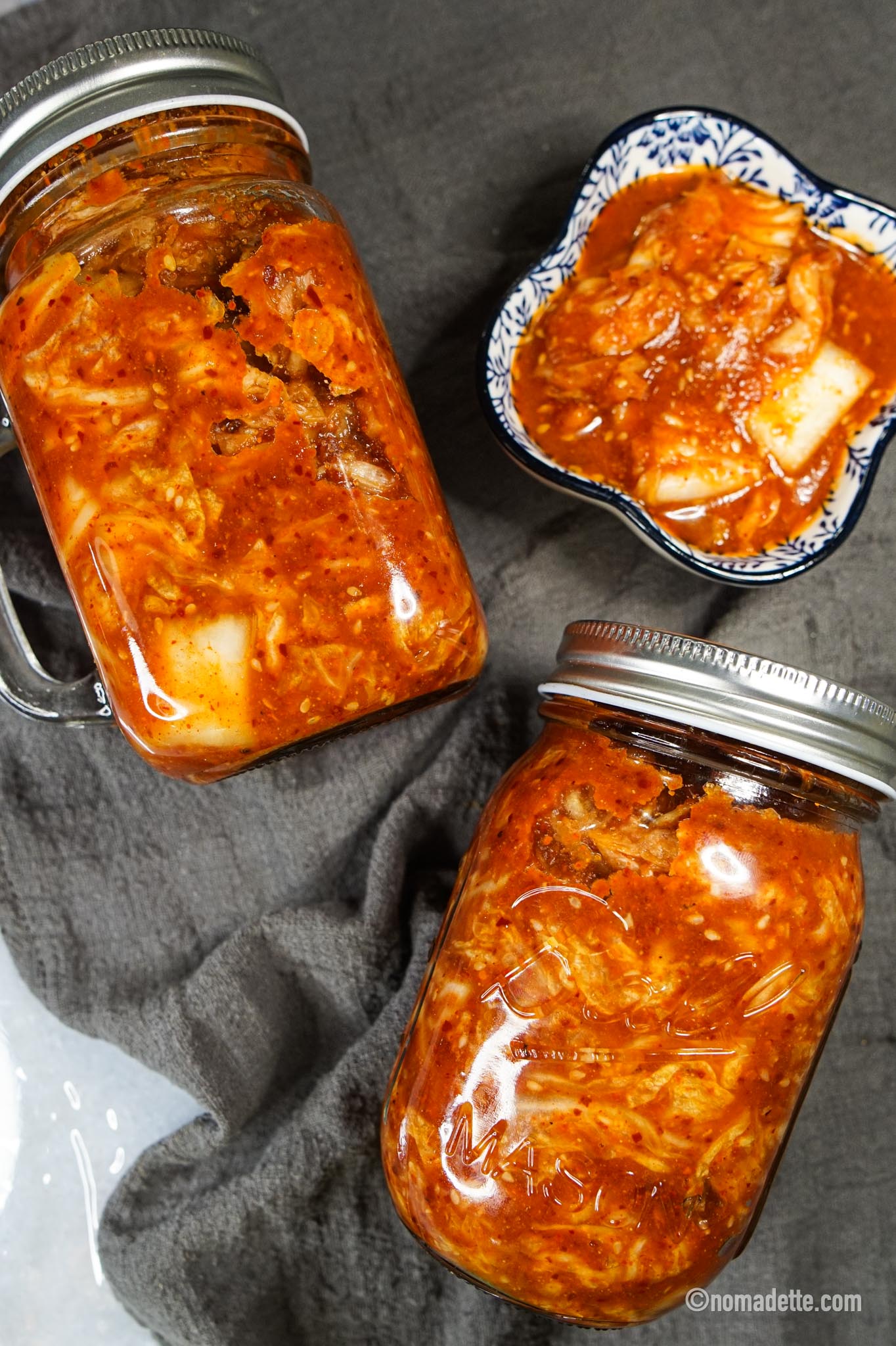
 221 views
221 viewsHow to make Fresh Sweet Kimchi - fo...
nomadette.com
Your folders
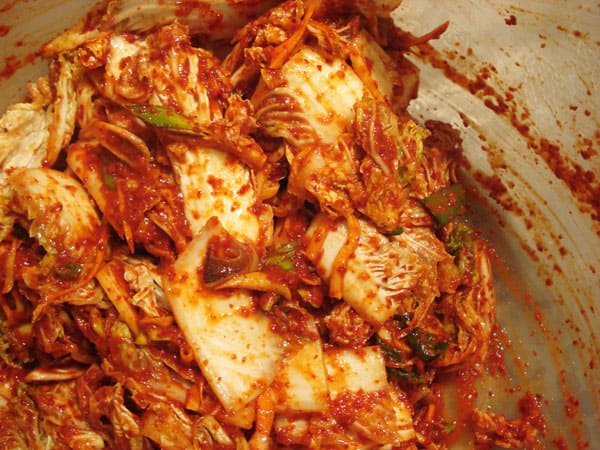
 323 views
323 viewsEasy-to-make kimchiMak-kimchi 막김치
maangchi.com
Your folders
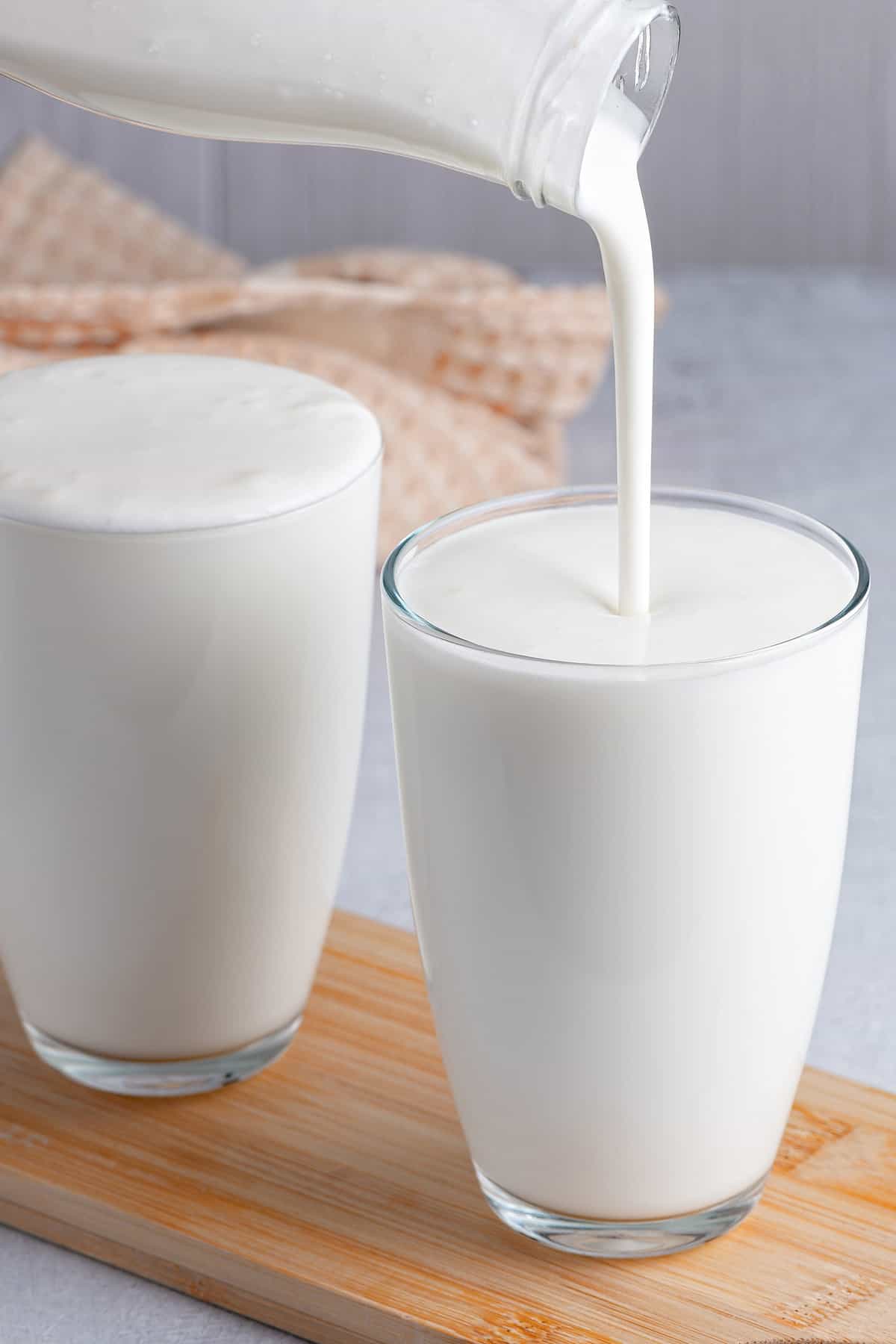
 314 views
314 viewsHow to make buttermilkHow to make b...
thekitchenmagpie.com
Your folders

 270 views
270 viewsHow to Make GlueHow to Make Glue
onecrazymom.com
Your folders
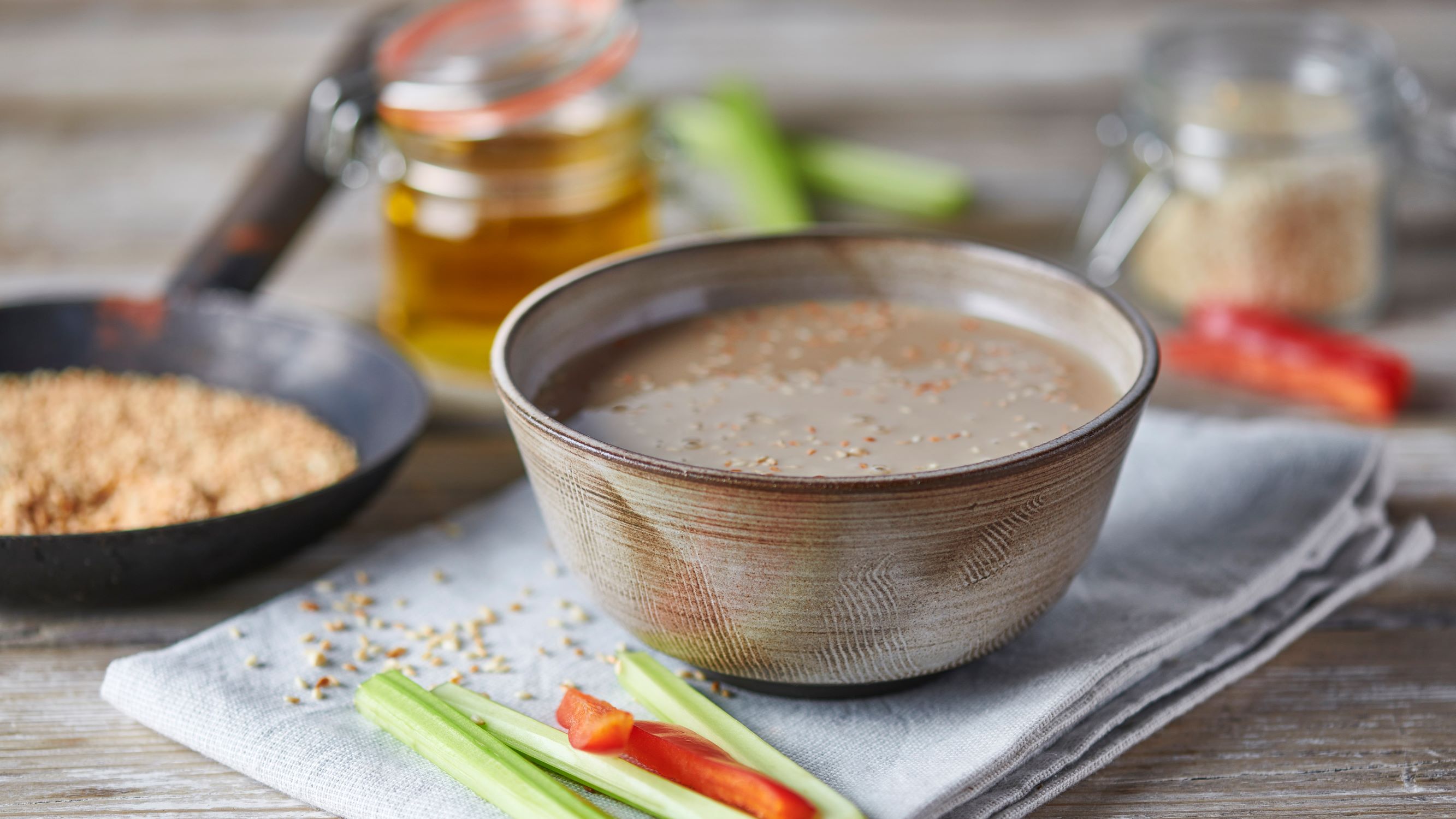
 342 views
342 viewsHow to make tahini
bbc.co.uk
10 minutes
Your folders

 436 views
436 viewsHow to Make Buttermilk
cookieandkate.com
4.7
(6)
Your folders

 405 views
405 viewsHow to make bouillabaisse
gourmettraveller.com.au
1 hours, 30 minutes
Your folders

 368 views
368 viewsHow To Make Calzones
thekitchn.com
4.0
(3)
Your folders

 346 views
346 viewsHow to Make Nougat
wikihow.com
96.0
(14)
Your folders

 368 views
368 viewsHow to Make Falafel
themediterraneandish.com
4.8
(245)
20 minutes
Your folders
/20211014-Youtiao-Tim-Chin_hero_2-f6f4c1f5412b46b48523d6488fa5663b.jpg)
 287 views
287 viewsHow to Make Youtiao
seriouseats.com
Your folders

 474 views
474 viewsHow to Make Buttermilk
cookieandkate.com
4.7
(7)